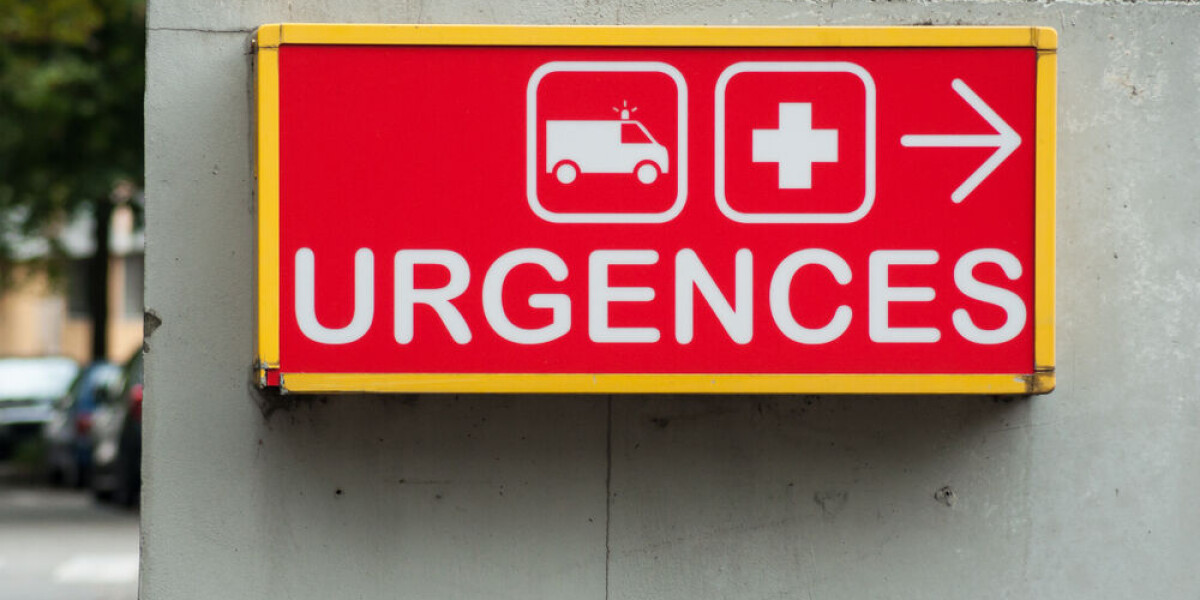
- Select a language for the TTS:
- UK English Female
- UK English Male
- US English Female
- US English Male
- Australian Female
- Australian Male
- Language selected: (auto detect) - EN
Play all audios:
A QUARTER OF PATIENTS IN ONE AREA CAN WAIT NEARLY 12 HOURS IN THE EMERGENCY WARD Over half of all people admitted to hospital emergency departments in France spend at least three hours at
the ward, new data shows. Regions in the west of France fare worse, with median wait times in Pays de la Loire (3 hours 48 minutes), and Brittany and Nouvelle Aquitaine (3 hours 30 minutes)
being the highest in France. At the same time, Normandy has the lowest median wait times, at 2 hours and 36 minutes, states official statistics body Drees. Its study looked at A&E
(urgences) admissions in 2023, following previous studies in 2013 and 2002. In 2013, median wait times were 2 hours and 15 minutes. In terms of departmental figures in 2023, the Cher,
Loire-Atlantique and Haute-Garonne saw the highest figures, with half of patients having to wait 5 hours and 12 minutes, 5 hours 6 minutes, and 4 hours and 54 minutes respectively. The
times for Loire-Atlantique and Haute-Garonne were negatively affected by longer waiting times in the larger cities of Nantes and Toulouse respectively. In rural Cher, a quarter of patients
admitted spent nearly 12 hours in A&E. The Orne department in Normandy had the lowest wait times, with half of patients being seen and leaving within 1 hour and 54 minutes, with the
Yonne (2 hours exactly) Ardennes (2 hours and 6 minutes) and Seine-Saint-Denis (2 hours 18 minutes) also faring well. Full departmental figures can be seen in the map produced by French
media outlet BFMTV. LACK OF PRIMARY CARE A KEY ISSUE An overburdened healthcare system and a push towards sending patients to emergency departments when it may not be necessary are partly
among the reasons for long wait times. Only around 1 in 10 patients in the Île-de-France region are admitted to another hospital department. In many other regions, only 15% to 20% are
moved on to another ward, with the vast majority of patients being sent home. This indicates there are several unnecessary visits to urgences. A lack of primary health services (on-call
doctors, medical cabinets, GPs etc) mean patients sometimes have no choice but to go to an emergency department for a medical issue, even if they know it is not the right option. An ageing
population, resulting in a higher number of medical issues, is also a cause. “Over the past 10 years, we have seen changes in the medical demography of these patients and the impact of bed
closures,” said vice president of SAMU-Urgence [ambulance provider in France] Louis Soulat to BFMTV earlier this year. “This is [a root cause of the issue] in emergency departments,” he
added. In general, departments with a larger population saw longer wait times. Despite having more resources to accommodate patients, unlike more rural areas, the stream of incoming
patients is constant.



